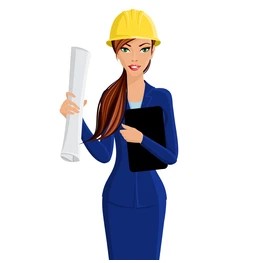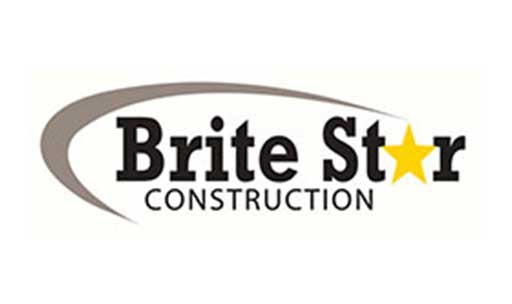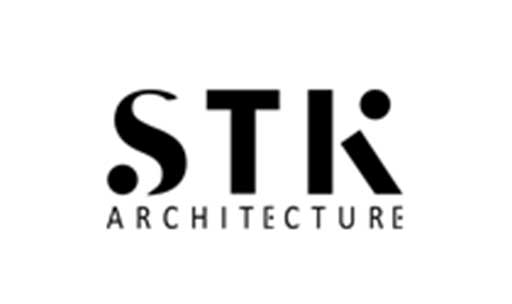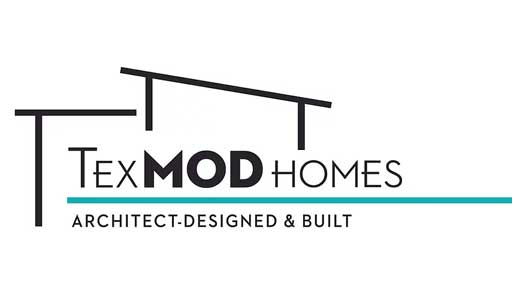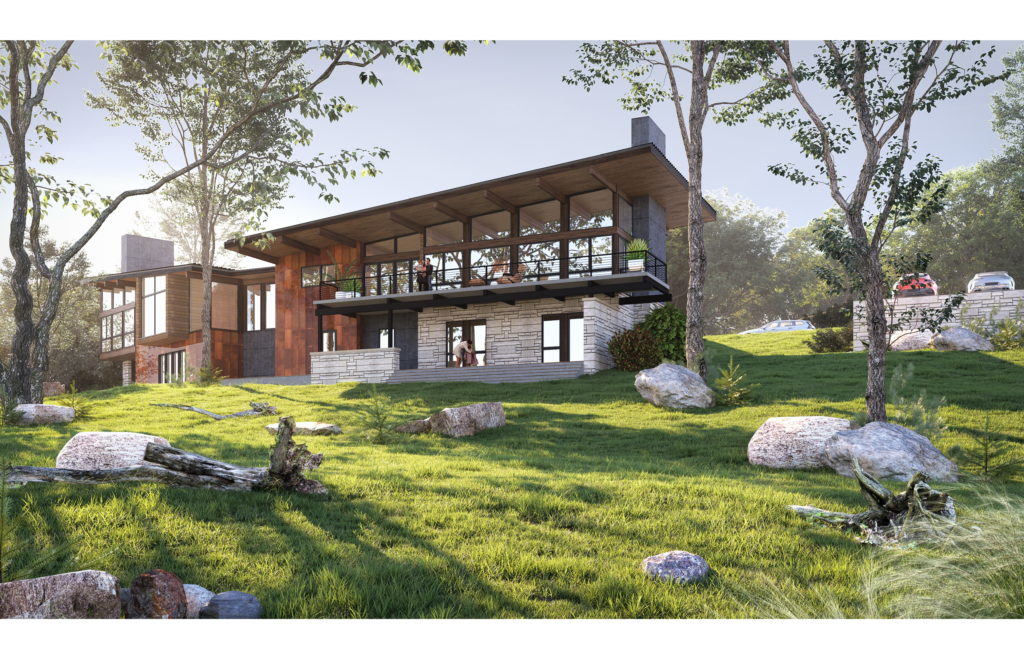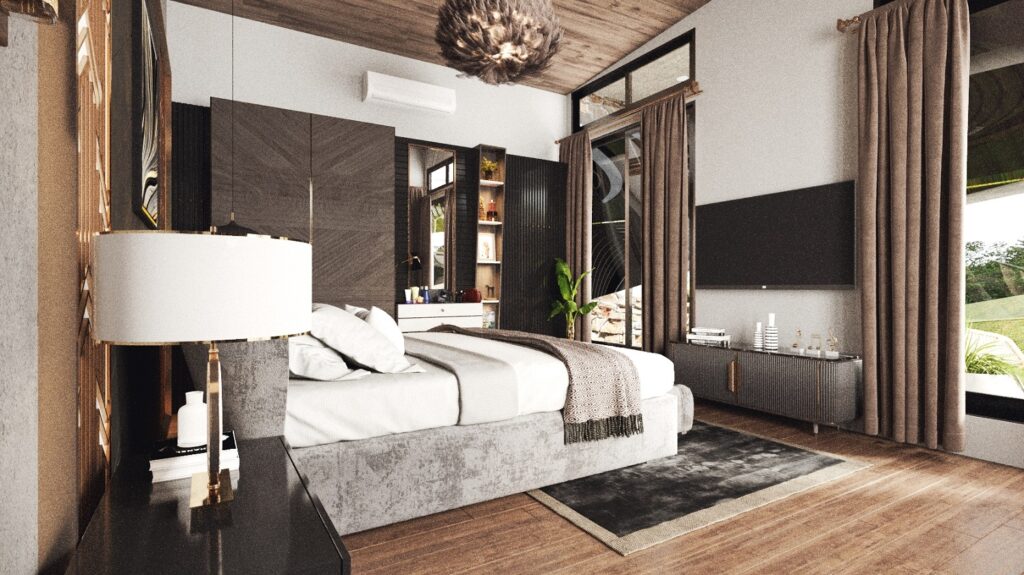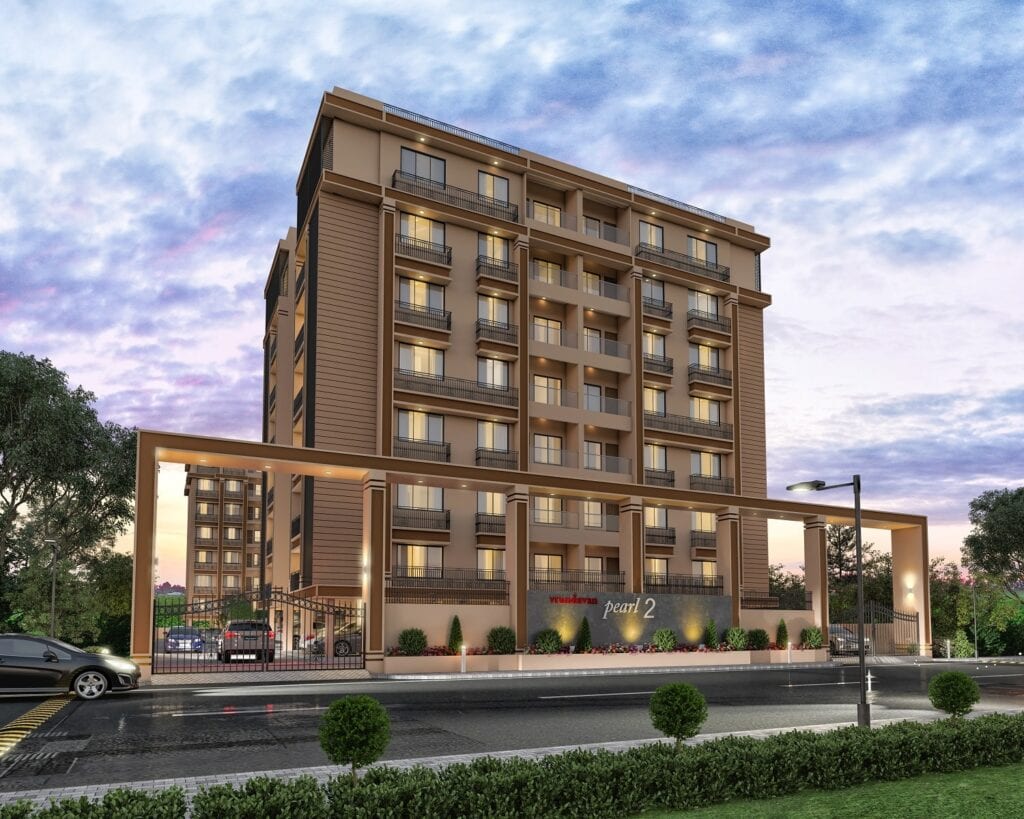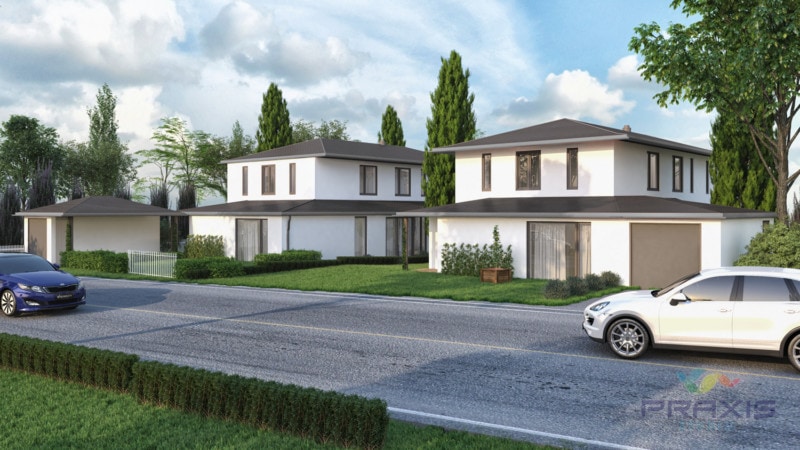WELCOME TO PRAXIS STUDIO
Transform Your Architectural Vision with Cutting-Edge VR Rendering Experienced Team Quality Visuals Competitive Price Quick Submissions Better Communication ,
This translates to Land More Projects Wow Clients Faster Approvals Increased Engagement Improved Stakeholder Buy In
Experience Unmatched Realism with Our Interior and Exterior VR Services
Virtual Reality for Architects Leverage The Hot-and-happening From Us!

Benefits of VR Rendering
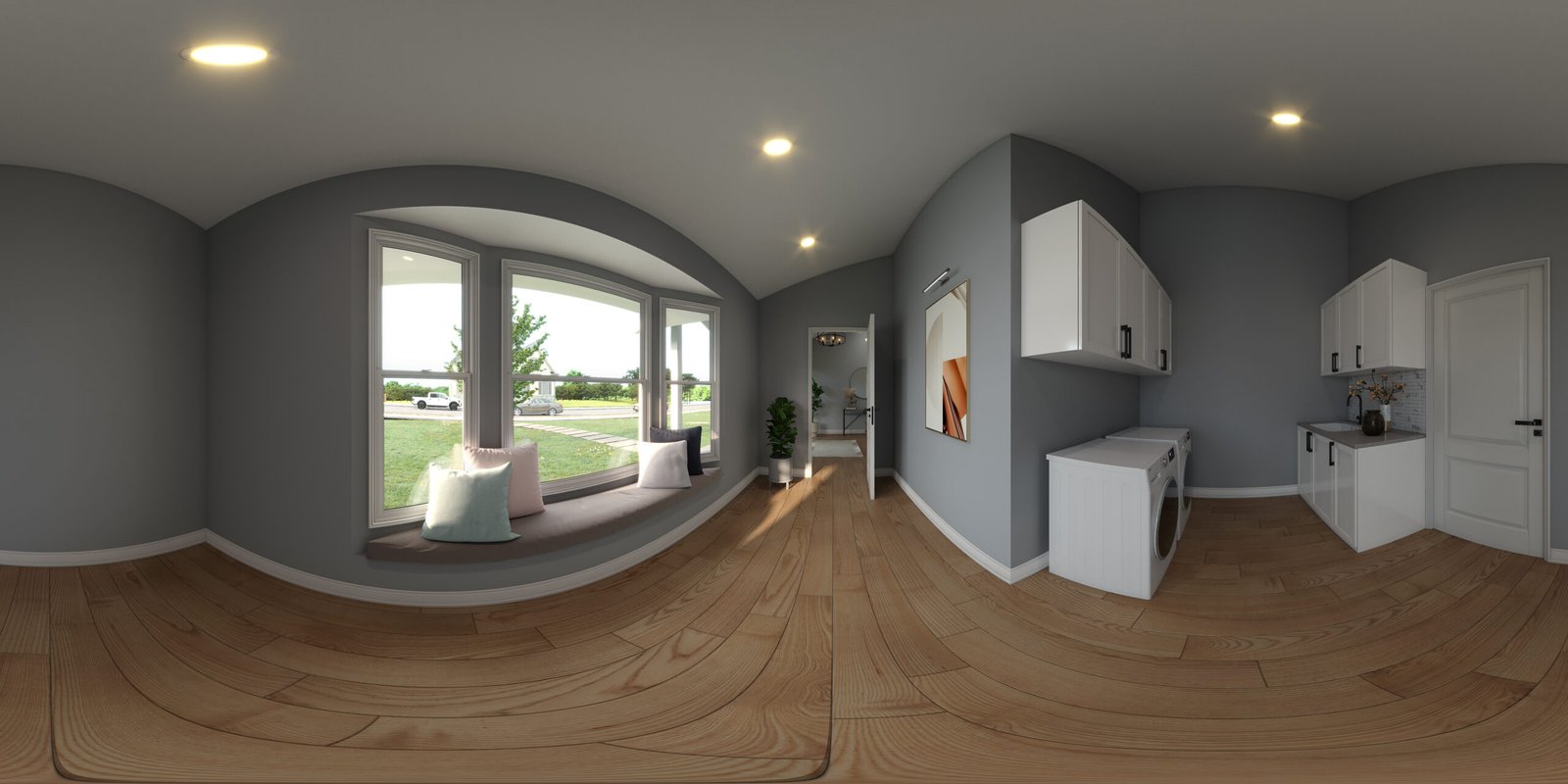
Interactive and Immersive
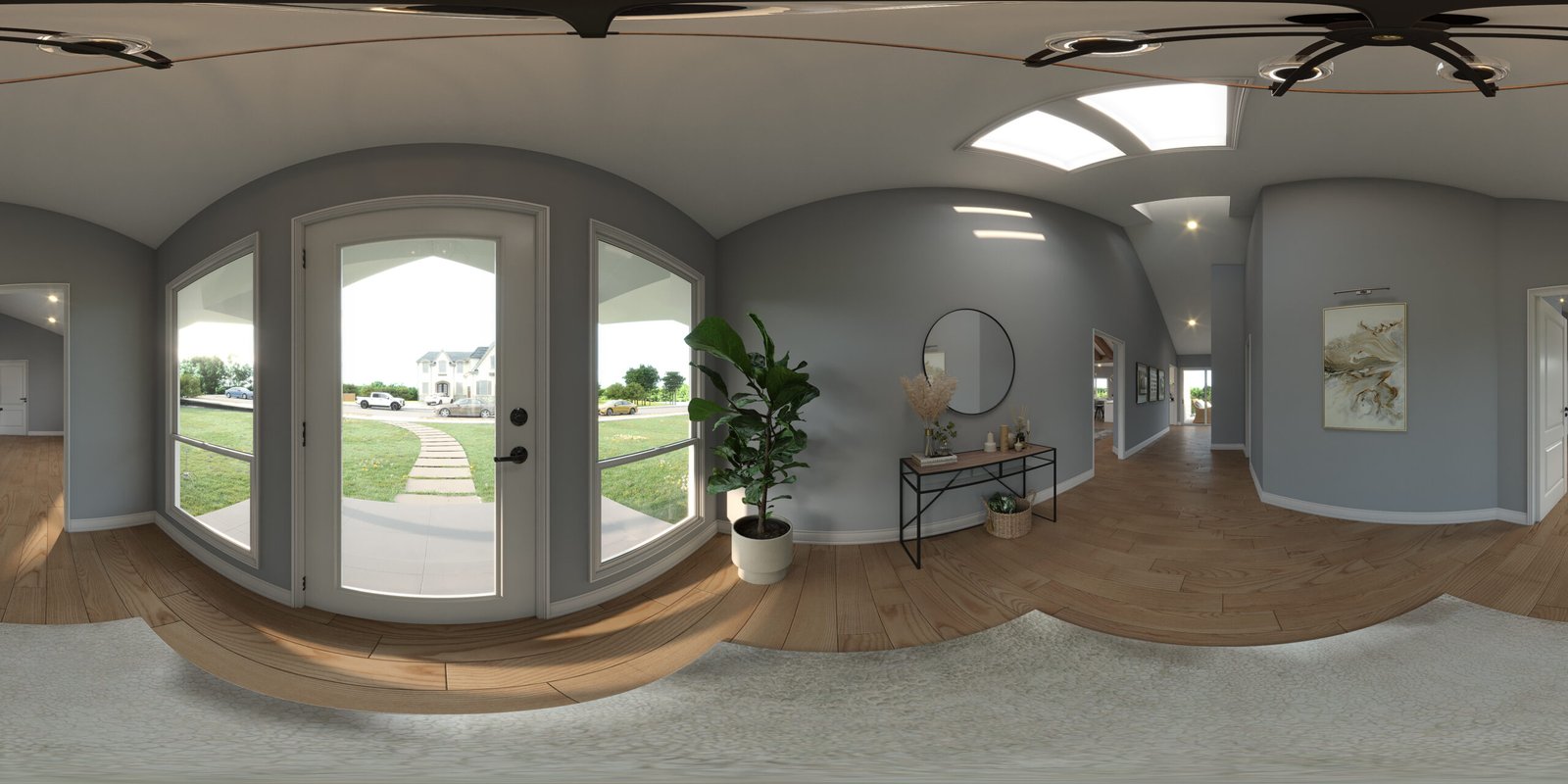
Cost-Effective
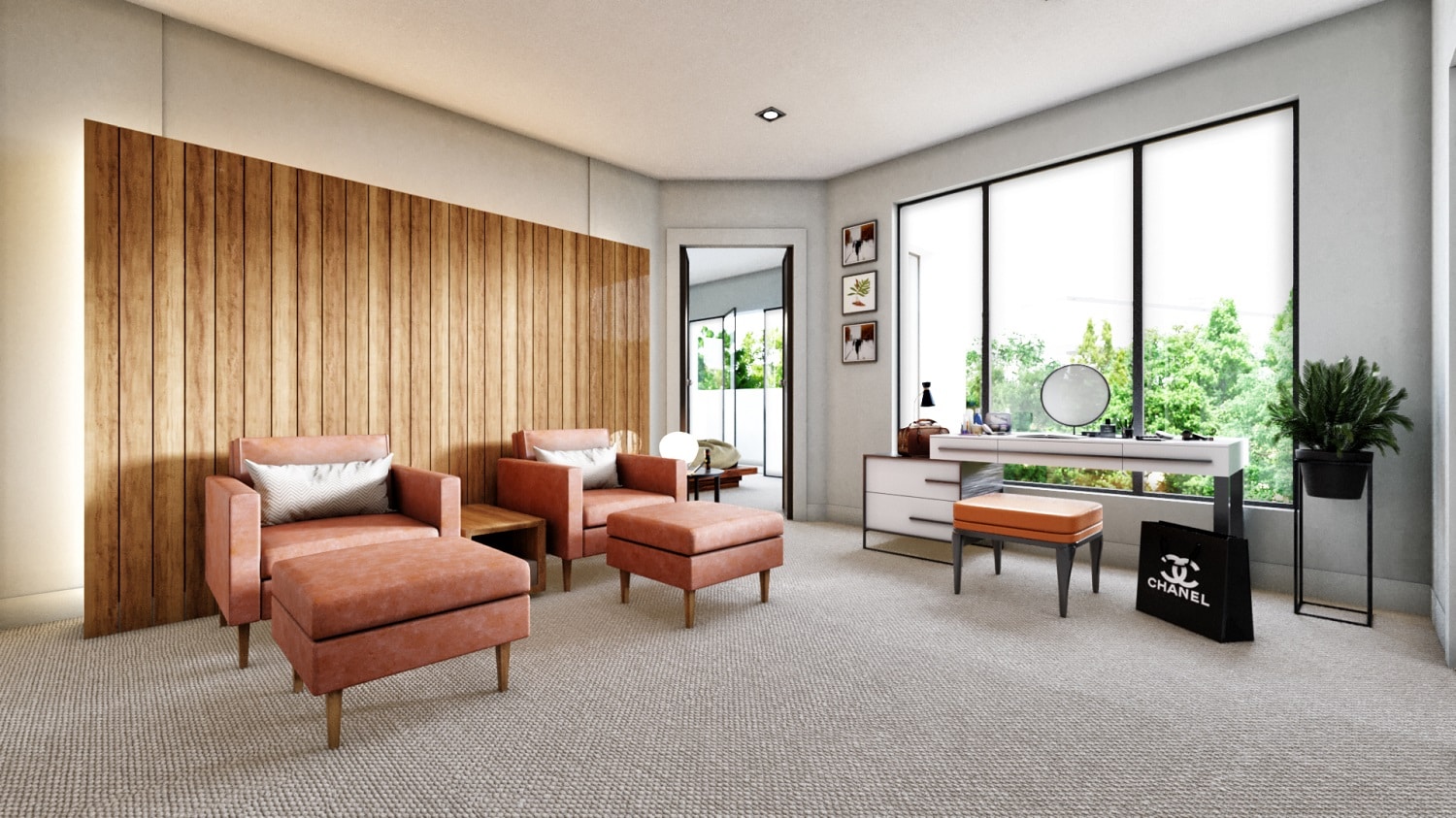
Precision and Detail
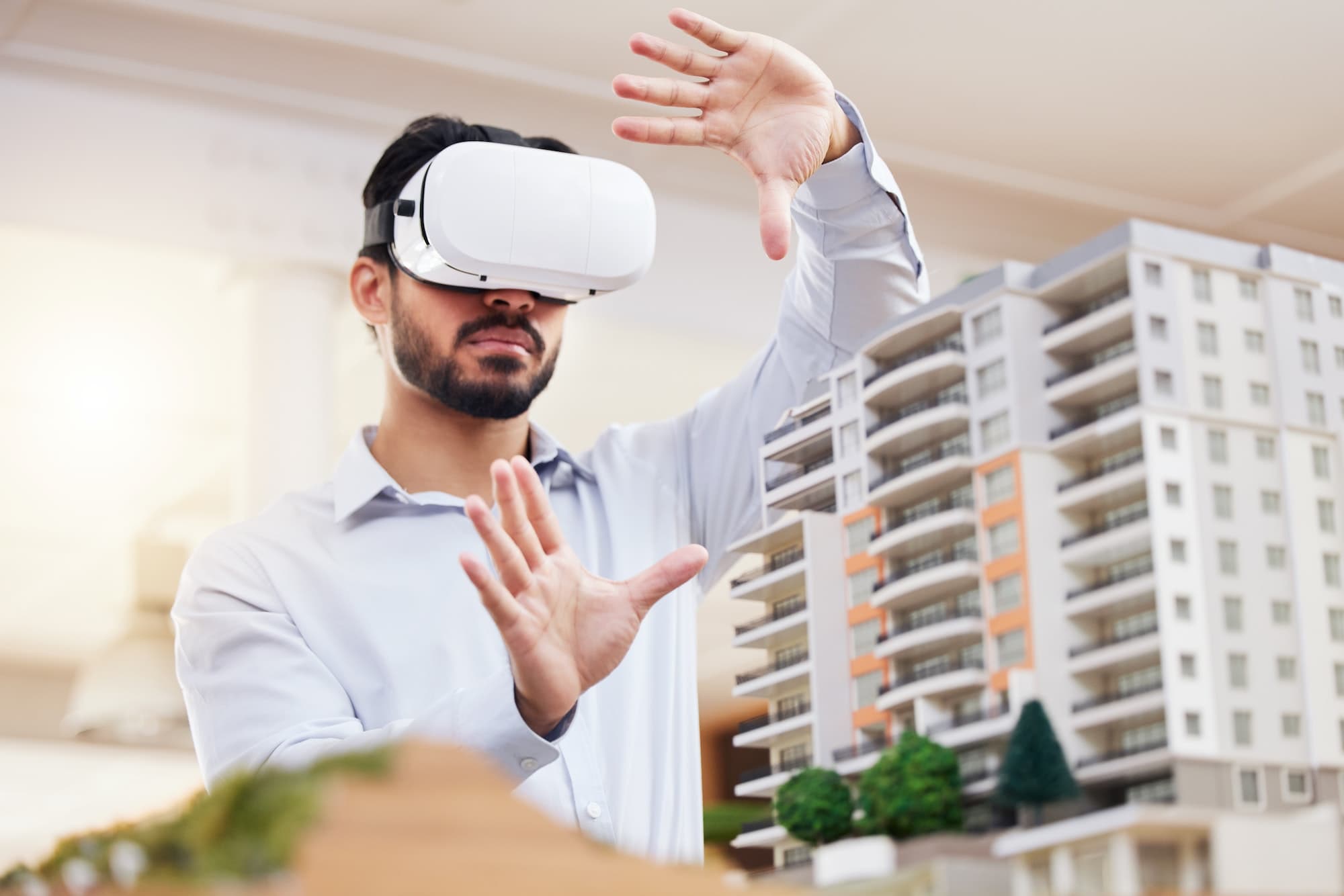
Client Satisfaction

Get Your Free Quote of Architectural VR
Architectural VR Services
Interior VR Rendering
Bring your interior designs to life with immersive VR renderings that showcase every detail from furniture placement to lighting.

Exterior VR Rendering
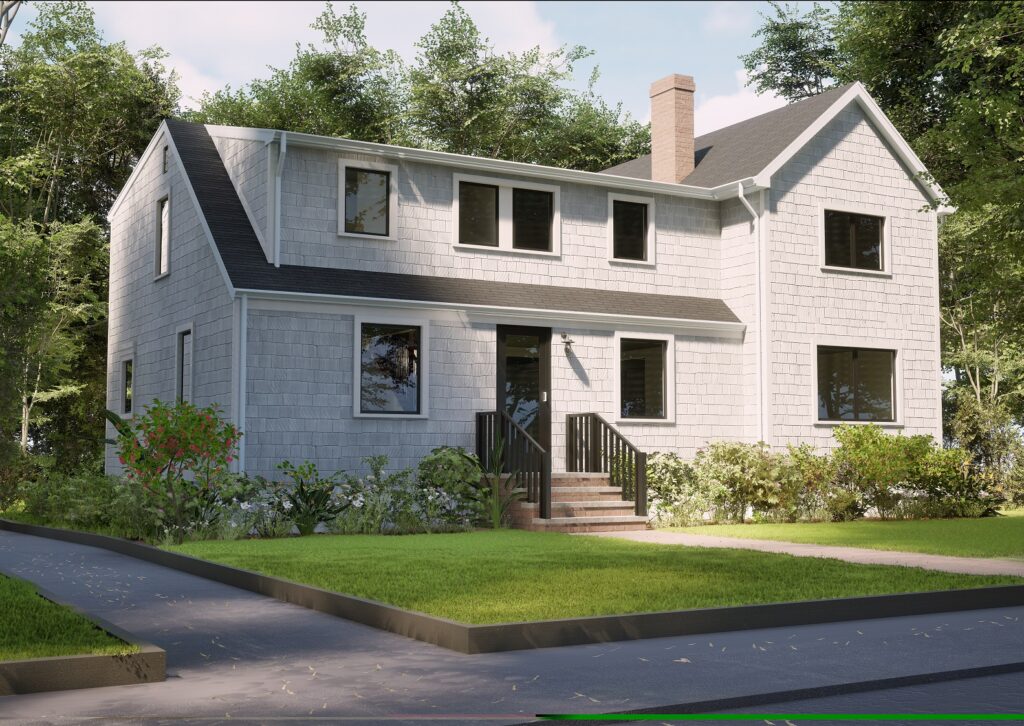
Present stunning exterior views and landscapes with our VR renderings, highlighting architectural features and surroundings.
WHAT CLIENTS THINK ABOUT US?
"VR design from Praxis Studio has been a game-changer for Marcus. We now impress clients with immersive experiences, leading to faster approvals and happier clients."

Virtual Reality for Architects
We create a virtual & intelligent identity of your business!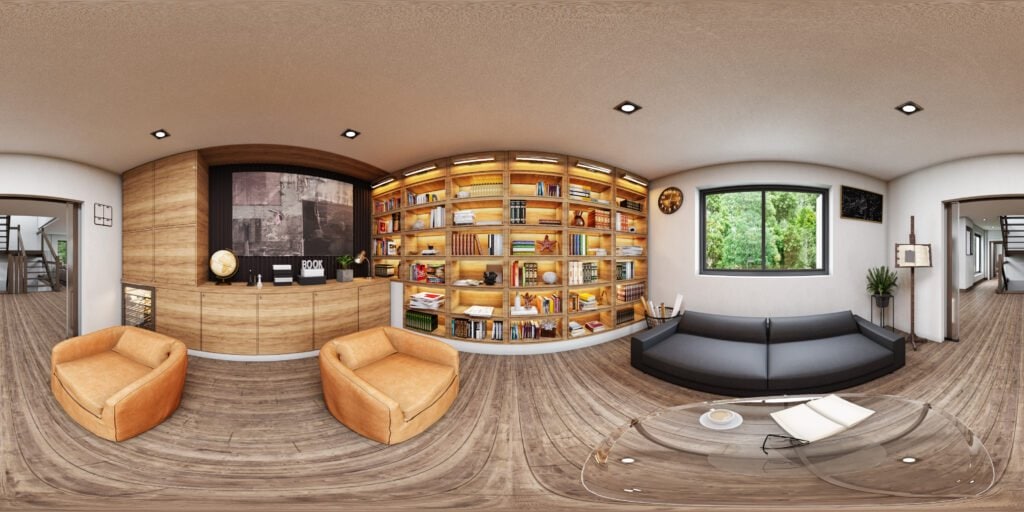
We’re Professional, Reliable, & Trustworthy Virtual Reality Company.
Impeccable Virtual Reality for Architects, real estate, and designers!
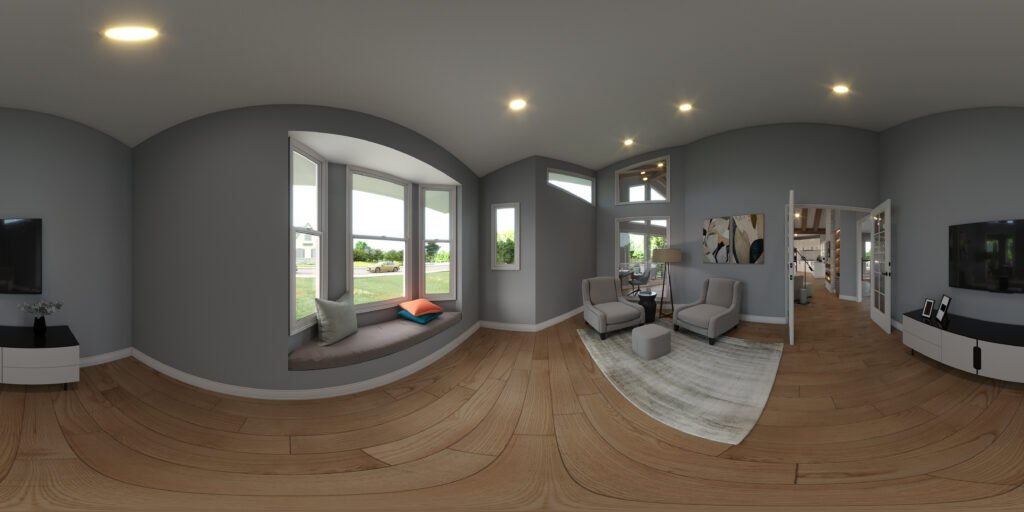
We Providing Impressive Virtual Reality Experience.
Get ready to enter into the imaginary world!
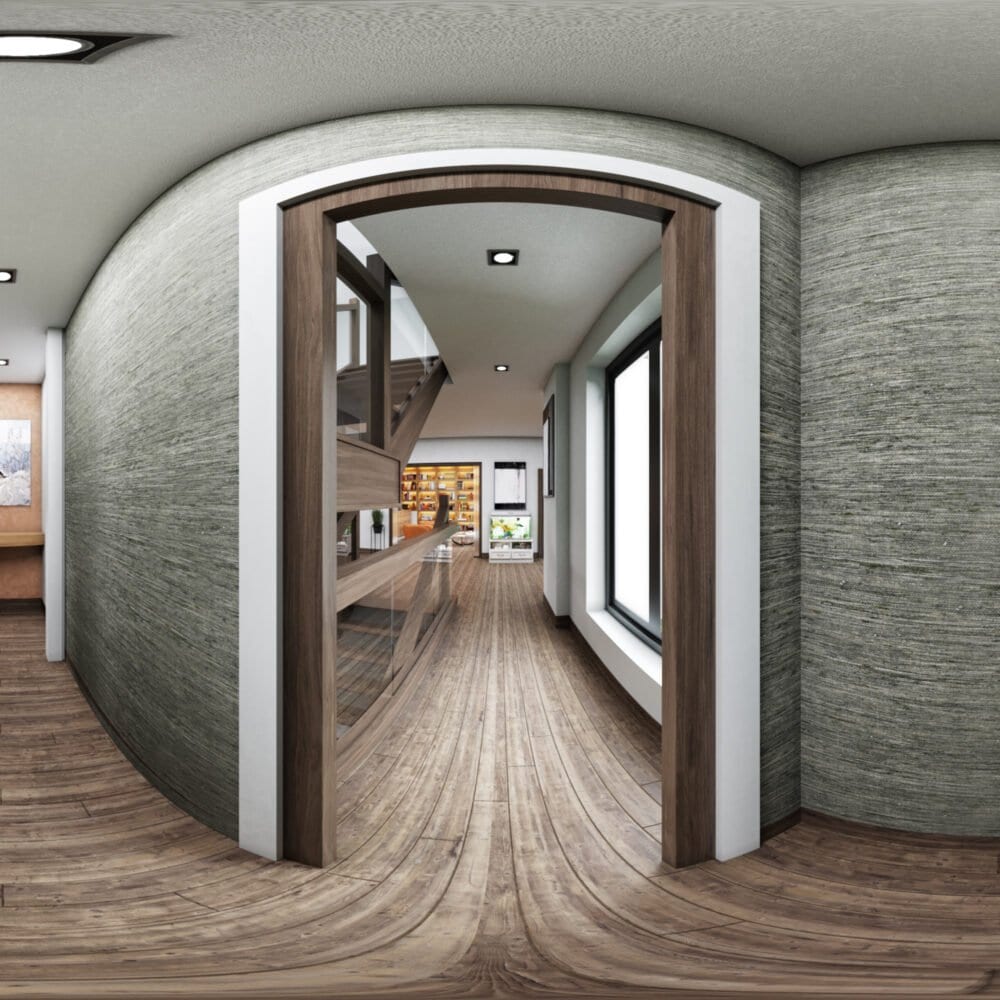


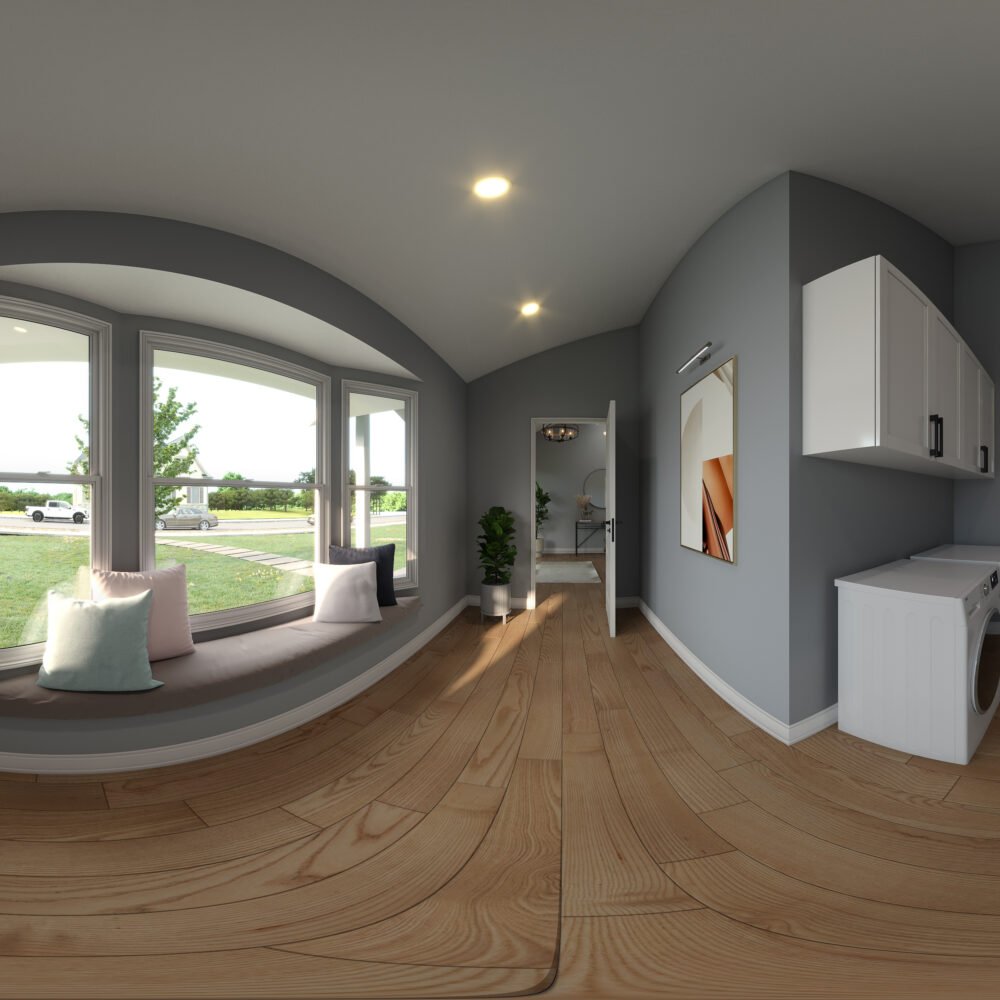
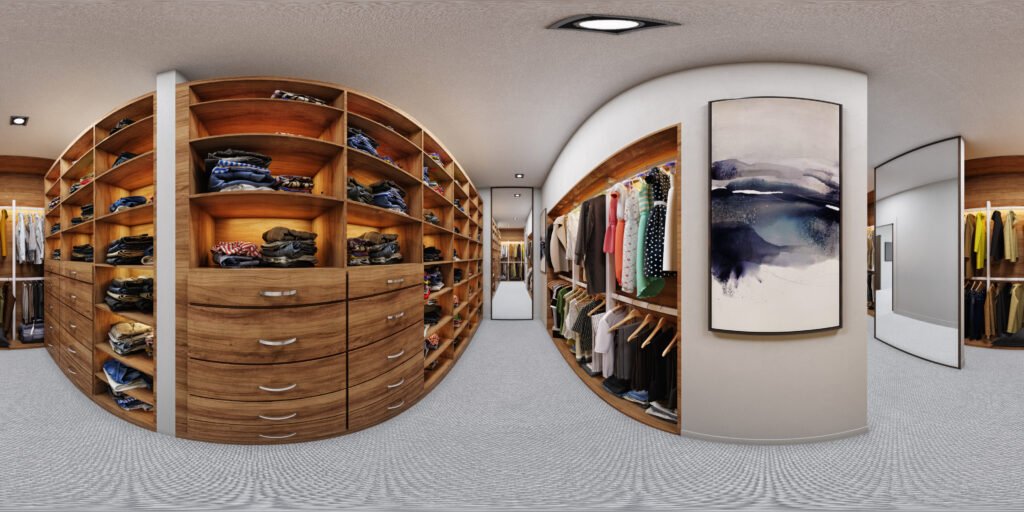
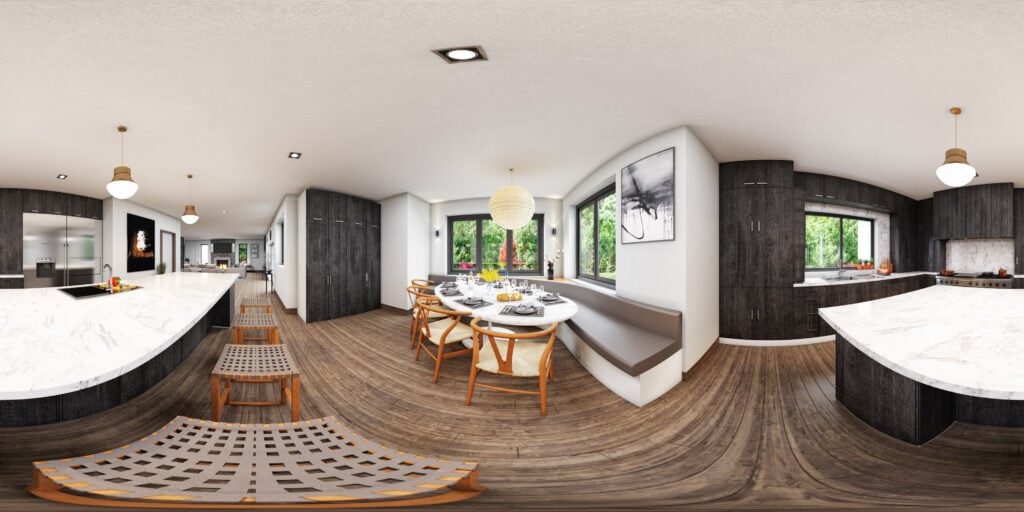
Let’s build something great.
See how our VR services have transformed projects for our clients.
Success Story
Blogs

Get Price List Of Architectural Virtual Reality
Elevate Your Design with Precision 3D Renderings
Quick, Quality, Customized: Your Vision, Our Expertise
- Exclusive Offer: Get Discount on your first project. Limited time!
- Trusted Expertise: See our portfolio. Join leaders who trust us.
- Easy Start: Quick inquiry form. Free consultation available!
🔥 Act Now – Transform Your Project Today
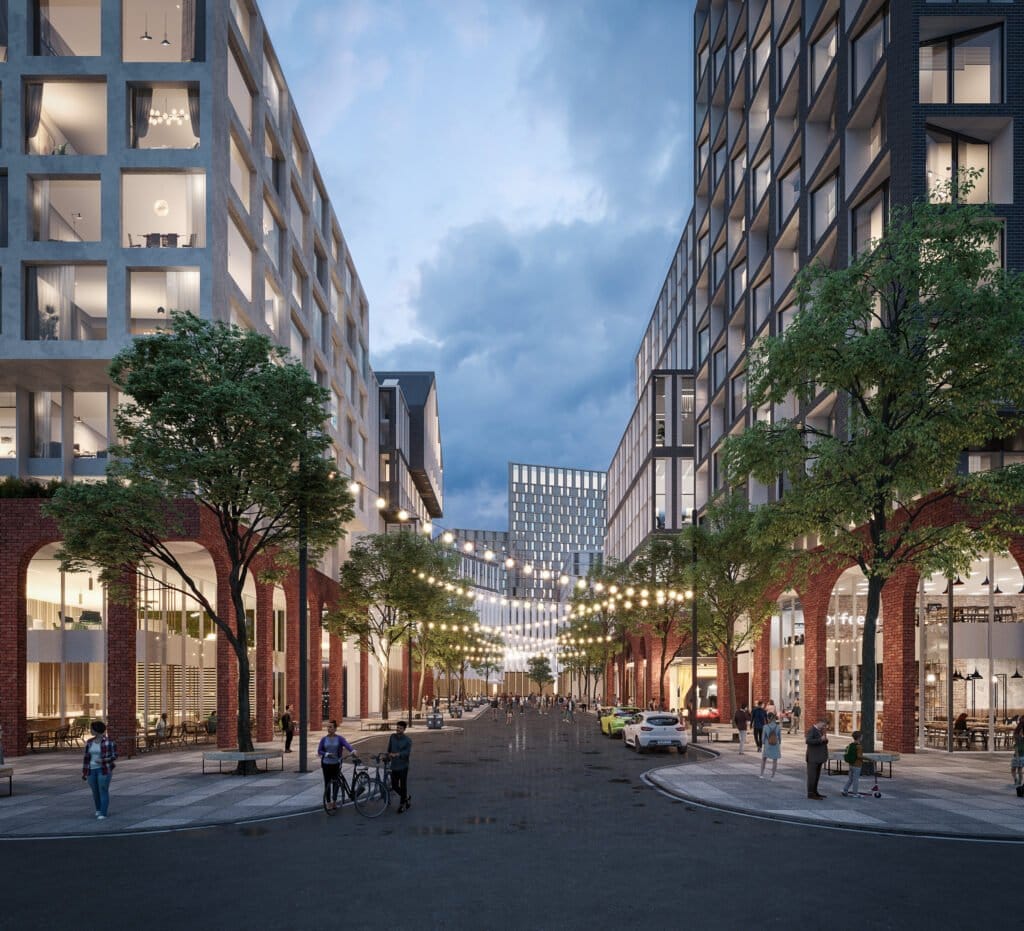
FAQ
How does VR rendering improve client communication ?
Can VR help in obtaining client approvals faster?
Can VR renderings be used for marketing purposes?
Are there any limitations to what can be visualized in VR?
What types of projects can benefit from VR rendering?
What support do you provide for first-time VR users?
What is VR rendering?
How can VR benefit my architectural projects?
Enhanced Visualization: Clients can walk through virtual models, gaining a better understanding of the space.
Cost Savings: Reduces the need for physical models and multiple revisions.
Improved Communication: Facilitates clearer communication of design intent between architects, clients, and stakeholders.
Increased Client Satisfaction: Interactive and immersive experiences lead to higher client approval rates and engagement
What do I need to experience VR renderings?
Is VR rendering cost-effective for small projects?
How long does it take to create a VR rendering?
Can VR renderings be updated if there are design changes?
How do clients interact with VR renderings?
How does VR rendering impact project timelines?
How can VR renderings assist in design presentations?
Can clients view VR renderings remotely?
How does VR rendering improve the design process?
Allowing Early Detection of Issues: Identifying potential design flaws before construction begins.
Facilitating Design Iterations: Making it easier to implement and visualize changes quickly.
Enhancing Collaboration: Enabling real-time collaboration among project teams, regardless of their physical locations.
Boosting Creativity: Providing a platform for experimenting with different design ideas in an interactive environment
How secure is the data used in VR renderings?
Can VR rendering be used for both interior and exterior designs?
Ask anythings to our Experts
Feel Free to your questions
Architectural Virtual Reality Services
Unlock the Full Potential of Virtual Reality for Architects with 3D Praxis Studio
Introduction to Virtual Reality for Architects
Unlock the full potential of Virtual Reality for Architects with 3D Praxis Studio. Our expert VR services offer a transformative experience. They revolutionize architectural designs and presentations. Virtual Reality (VR) is not just a technological trend; it’s a paradigm shift in how architects visualize and present their designs.The Evolution of Virtual Reality in Architecture
Discuss the historical context and how VR has evolved in the architectural industry…Why Virtual Reality is a Game-Changer for Architects
Elaborate on the unique benefits that VR brings to architectural design and client presentations…Virtual Reality Services We Offer
- 3D Virtual Tours: Immerse your clients in a lifelike apartment 3D virtual tour.
- Virtual Reality Architecture: Experience architecture in a new dimension.
- 3D Virtual House Tours: Customized 3D virtual tours for real estate.
Benefits of Our Virtual Reality Services
- Enhanced Visualization: Our 3D virtual home tours make your designs come alive.
- Increased Engagement: 3D virtual tours real estate keep your clients engaged.
- Cost-Effective: High-quality 3D virtual house tours custom homes at competitive prices.
Why Choose 3D Praxis Studio for Virtual Reality?
We are not just another virtual reality company; we are your partners in bringing your architectural visions to life… At 3D Praxis Studio, our team of experts specializes in developing virtual reality applications across a wide range of frameworks tailored to different devices.
With our extensive experience, we have successfully collaborated with numerous clients to create applications for various industries, including virtual reality for architecture, processes, wellness, education, gaming, sales presentations, marketing, and more. Immerse yourself in our 3D Rendering Services and step into a world that blurs the line between reality and imagination.
Through our advanced 3D digital imaging, visualization, and Virtual Reality For Architects, we offer cutting-edge solutions. Our expertise in 3D modeling enables us to craft immersive and interactive experiences across multiple platforms.
Explore the limitless possibilities of virtual reality design with us at 3D Praxis Studio.
Contact Us for Virtual Reality Services
Ready to revolutionize your architectural designs with cutting-edge VR services? Contact us today!Case Studies
Showcase successful projects that utilized your VR services…Frequently Asked Questions About Virtual Reality for Architects
- What are the hardware requirements for experiencing VR in architecture?
- The hardware requirements for VR in architecture typically include a high-performance computer, a VR headset like Oculus Rift or HTC Vive, and hand controllers for navigation. Some setups may also require additional sensors for tracking movement.
- How do I choose the right VR software for my architectural projects?
- Choosing the right VR software depends on various factors such as your project requirements, budget, and hardware compatibility. Research and compare different software options, look for user reviews, and consider taking advantage of free trials before making a decision.
- Is VR suitable for collaborative work in architecture?
- Yes, many modern VR software solutions offer multi-user collaboration features. This enables architects, designers, and clients to work together in a virtual environment, making the design process more interactive and efficient.
- How does VR impact client satisfaction?
- VR provides a more immersive experience, allowing clients to fully understand and visualize the project before it’s built. This often leads to higher client satisfaction as it minimizes misunderstandings and sets realistic expectations.
- What are the limitations of using VR in architecture?
- While VR offers numerous advantages, it also has limitations such as the need for high-end hardware, the learning curve associated with new software, and potential motion sickness for some users. It’s important to weigh these factors when considering VR for your projects.
- Can VR replace traditional architectural models?
- While VR offers a more interactive and immersive experience, traditional models still have their place, especially for stakeholders who are not comfortable with technology. Often, a combination of both can provide the most comprehensive understanding of a project.
- How can VR be integrated into existing workflows?
- Many VR software solutions offer plugins or APIs that allow for seamless integration with existing architectural design and modeling software. This enables you to easily export your designs into a VR environment for further exploration and presentation.
- Is VR useful for client pitches and presentations?
- Absolutely, VR can make client pitches more engaging and persuasive by allowing clients to experience the project in a more immersive way. It can be a game-changer in securing client approvals.
- How does VR affect project timelines?
- While setting up a VR environment can take time initially, it often speeds up the design and approval processes, potentially shortening overall project timelines.
- What are the ongoing costs associated with using VR?
- Beyond the initial investment in hardware and software, ongoing costs can include software updates, hardware maintenance, and potentially licensing fees, depending on the software solution you choose.
- Can VR be used for exterior architectural design?
- Yes, VR is not limited to interiors; it can also be effectively used for visualizing and interacting with exterior designs, including landscapes and urban planning scenarios.
- How does VR impact the client’s understanding of a project?
- VR provides a more immersive and interactive experience, allowing clients to better understand the spatial dimensions, aesthetics, and functionalities of a project, which can lead to quicker and more confident decision-making.
- What are the limitations of using VR in architecture?
- While VR offers many advantages, it may require a significant initial investment in hardware and software. Additionally, there may be a learning curve for both the design team and the client.
- Can VR replace traditional 3D renderings?
- While VR provides a more interactive experience, traditional 3D renderings still have their place for quick visualizations and are generally easier to share and distribute.
- How secure is data in a VR environment?
- Data security in a VR environment depends on the software and network configurations. It’s crucial to ensure that the VR solution you choose complies with industry-standard security protocols.
- How does VR contribute to sustainable design?
- VR allows architects to simulate different environmental conditions, helping in the design of more sustainable and energy-efficient buildings.
- What software is commonly used for VR in architecture?
- Popular software for VR in architecture includes Autodesk Revit, SketchUp VR, Unreal Engine, and Unity. These platforms offer various features for creating immersive architectural experiences.
- How does VR affect project timelines?
- VR can both speed up and slow down project timelines. While it can accelerate decision-making and reduce the need for physical prototypes, the initial setup and learning curve can add time to the project.
- Is VR suitable for all types of architectural projects?
- VR is highly versatile and can be adapted for various types of architectural projects, from residential to commercial and even urban planning. However, its cost-effectiveness may vary depending on the project’s scale and complexity.
- How does VR integrate with other digital tools?
- Many modern architectural software solutions offer VR integration or add-ons, allowing seamless transition from traditional design tools to immersive VR environments.
- What are the future trends in architectural VR?
- Future trends include the integration of AI for smarter design suggestions, real-time collaboration in VR spaces, and the use of augmented reality to overlay digital information on physical spaces.
- How can VR improve client satisfaction?
- VR allows clients to experience the design in a more interactive and immersive way, leading to better understanding and fewer revisions, ultimately improving client satisfaction.
- What are the limitations of using VR in architecture?
- Limitations include the initial cost of hardware and software, the learning curve for new users, and the computational power required for high-quality rendering.
- Can VR replace traditional architectural models?
- While VR offers a more immersive experience, traditional models still have their place for quick overviews and tactile interaction. Both can coexist to offer a comprehensive design presentation.
- How is VR used in sustainable architecture?
- VR can simulate various environmental conditions, helping architects make sustainable choices in materials, energy usage, and design orientation.
- Is VR technology accessible for small architecture firms?
- Yes, there are cost-effective VR solutions tailored for small firms, making this technology accessible for projects of all sizes.
- How does VR integrate with BIM (Building Information Modeling)?
- VR and BIM can be seamlessly integrated to provide a comprehensive view of a project, including structural, electrical, and mechanical aspects, enhancing collaboration and decision-making.
- What are the system compatibility issues with VR?
- Compatibility issues may arise with older hardware or software. It’s crucial to ensure that your system meets the minimum requirements of the VR software you’re using.
- Can VR be used for landscape architecture?
- Yes, VR can be effectively used in landscape architecture to provide a realistic view of outdoor spaces, including terrain, vegetation, and environmental elements.
- How does VR affect the project timeline?
- VR can both speed up and slow down a project. While it can accelerate decision-making and reduce errors, the time to create and render VR models should be accounted for.
- Is VR useful for client pitches and competitions?
- Absolutely, the immersive experience provided by VR can give you a competitive edge in client pitches and architectural competitions.
- How does VR technology impact sustainability in architecture?
- VR allows architects to simulate various environmental conditions, helping in the design of more sustainable and energy-efficient buildings.
- Is VR suitable for collaborative projects?
- Yes, some VR platforms offer multi-user environments, enabling teams to collaborate in real-time within a virtual space.
- Can VR replace traditional architectural models?
- While VR offers a more interactive experience, traditional models still have their place for tactile and static presentations. Both can co-exist for a comprehensive approach.
- How does VR contribute to safety in architectural design?
- VR simulations can help identify potential safety hazards in a design, allowing for adjustments before construction begins.
- What are the limitations of using VR in architecture?
- Limitations include the need for specialized hardware, potential for motion sickness, and the time required to create detailed VR models.

Why Should You choose 3D Praxis Studio?
We work on a way to explore our client’s goals, lifestyle, and tastes!
So, what have you decided? Do you have an innovative project in mind? Get in touch with us NOW! You can mail us on [email protected] or reach us through contact number (+91) 9898-262-517. We deliver nothing less than excellence!










